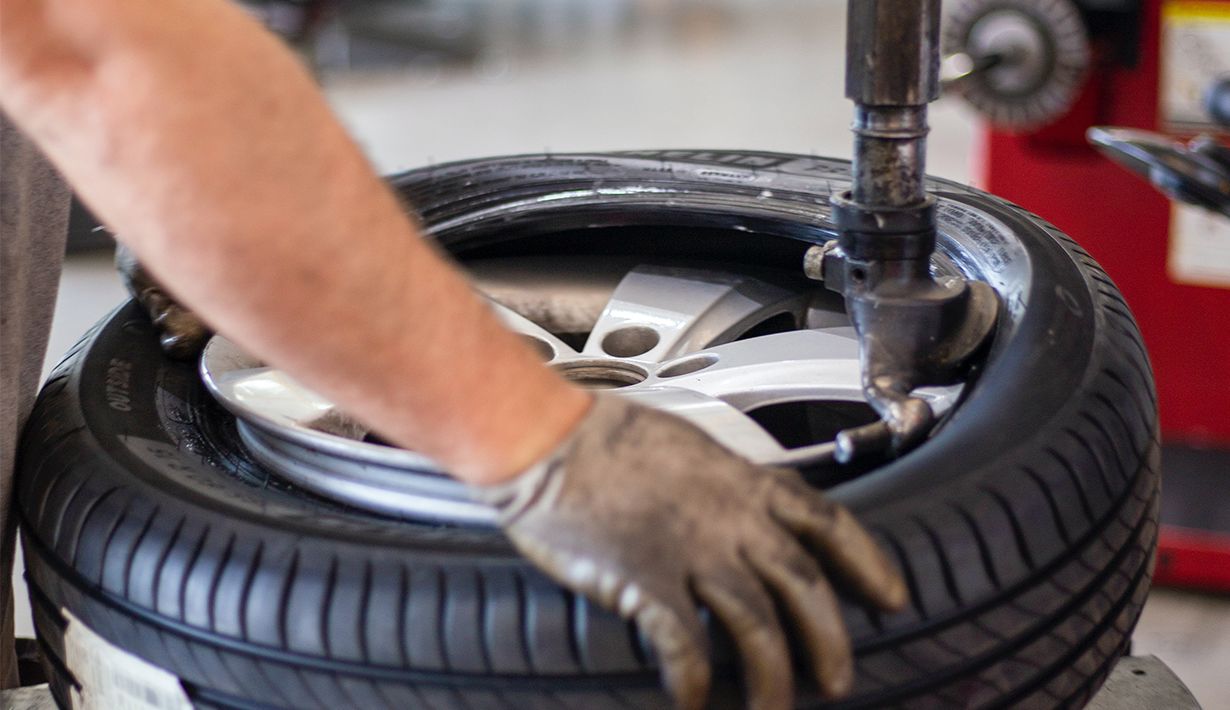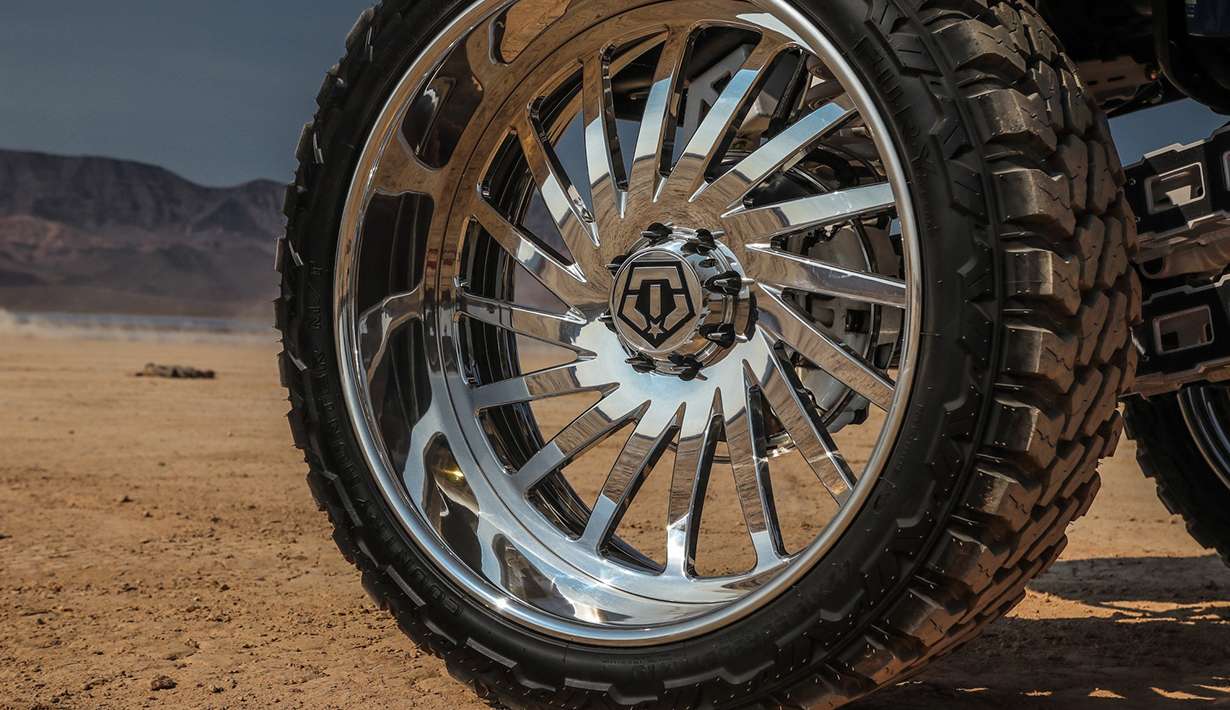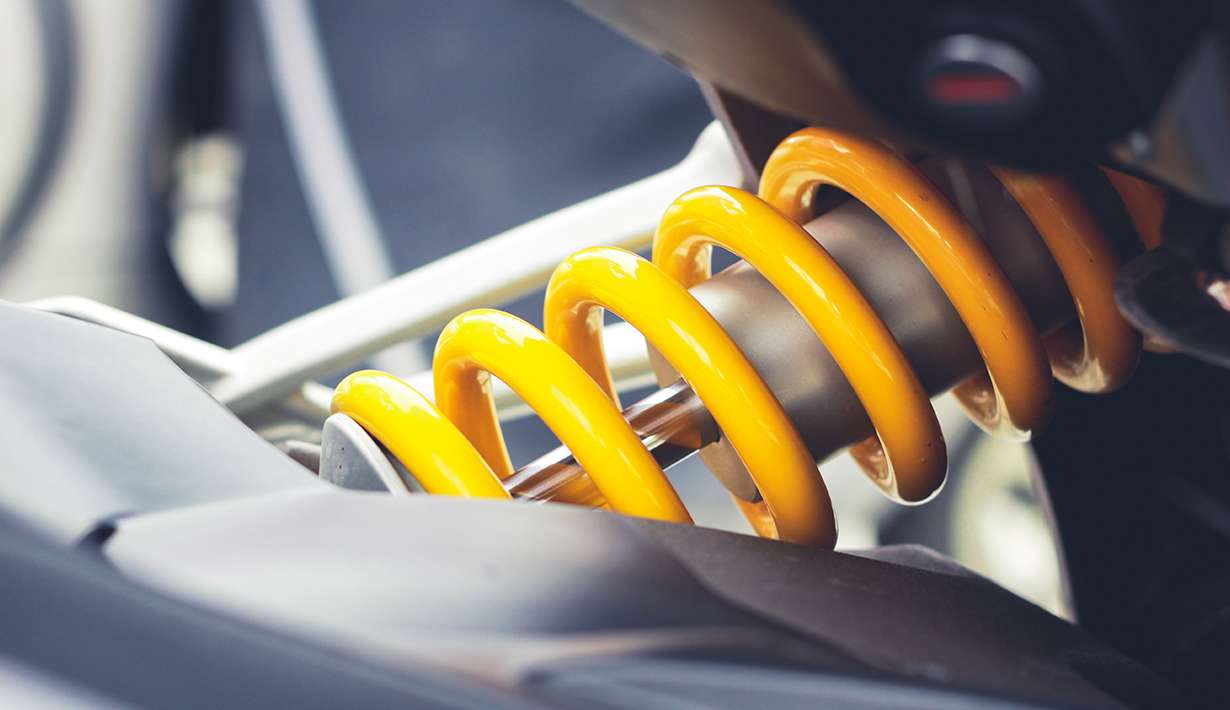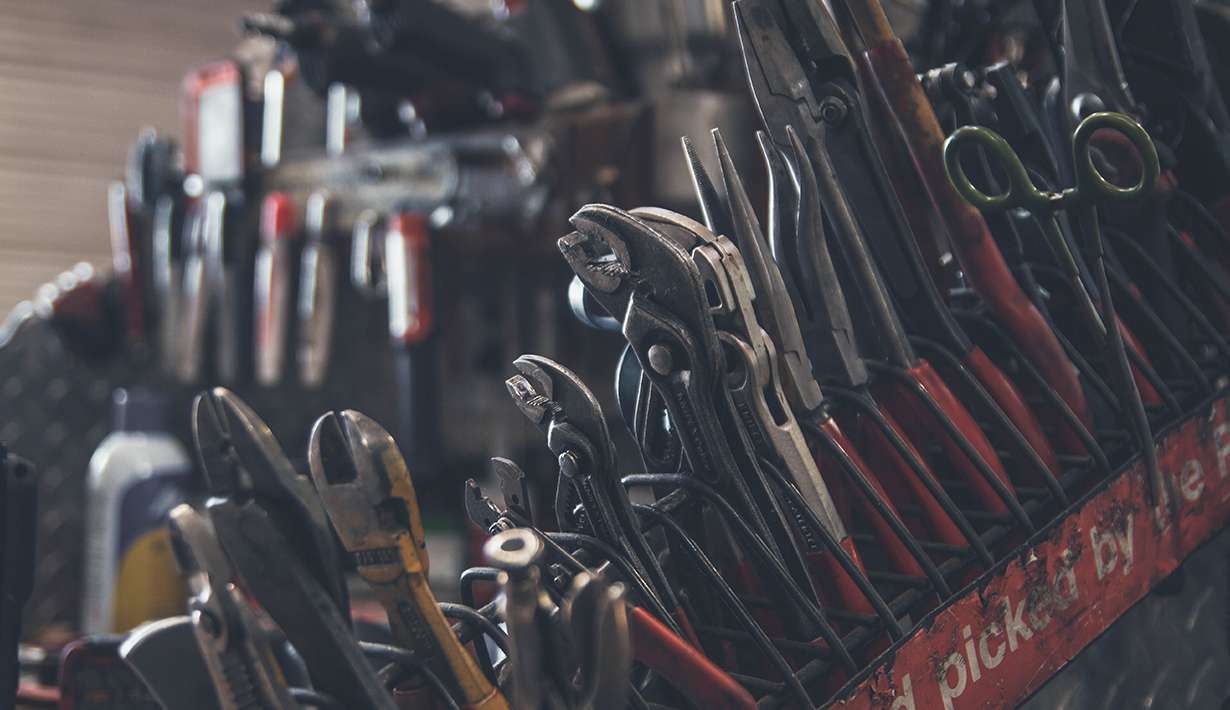How to Check and Maintain Your Suspension
Your car’s suspension system is critical for ensuring a smooth and safe ride. It not only absorbs shocks from uneven roads but also keeps your tires in contact with the ground, enhancing stability and control. Proper maintenance and regular checks of your suspension can save you from costly repairs and keep your vehicle performing optimally. Here’s a comprehensive guide on how to check and maintain your car’s suspension system.
1. Understanding Your Suspension System
The suspension system is made up of several components, including:
Springs: These absorb the energy from road impacts.
Shock Absorbers: They dampen the motion of the springs to prevent excessive bouncing.
Control Arms: Connect the suspension to the vehicle frame and allow for controlled motion.
Ball Joints: Act as pivot points for steering and suspension.
Bushings: Reduce friction between suspension components.
Knowing these parts helps you understand what to inspect and maintain.
2. Signs of a Faulty Suspension
Look out for these common signs that your suspension system may need attention:
Uneven Tire Wear: Indicates improper alignment or worn suspension parts.
Rough Ride: If your car feels bumpier than usual, the shock absorbers may be failing.
Leaning or Sagging: One side of the vehicle sits lower, possibly due to a broken spring.
Nose Diving or Rear Squatting: Excessive leaning forward during braking or backward during acceleration.
Steering Issues: Difficulty turning or a loose steering feel can signal suspension problems.
Proper maintenance and regular checks of your suspension can save you from costly repairs and keep your vehicle performing optimally– E&K Springs
3. How to Check Your Suspension System
Follow these steps for a basic suspension check:
Visual Inspection:
Look for cracks, rust, or visible damage on the springs, shocks, and control arms.
Check for leaks in the shock absorbers or struts.
Bounce Test:
Push down firmly on the hood or trunk of your car and release. If it bounces more than twice before stabilizing, the shocks may need replacement.
Inspect Tire Wear:
Uneven tire wear patterns can indicate misaligned wheels or suspension issues.
Listen for Noises:
Strange clunking, squeaking, or knocking sounds while driving could indicate worn suspension components.
Check Alignment:
A car that pulls to one side may need a suspension alignment adjustment.
4. Suspension Maintenance Tips
To keep your suspension in top condition, follow these maintenance tips:
Regular Inspections:
Inspect your suspension system every 12,000 miles or annually, whichever comes first.
Replace Worn Components:
Address worn-out springs, shocks, or bushings immediately to prevent further damage.
Keep Tires Properly Inflated:
Incorrect tire pressure can strain your suspension system.
Wheel Alignment and Balancing:
Misalignment can cause premature wear on suspension components and tires.
Lubricate Moving Parts:
Some suspension parts, like ball joints and bushings, need proper lubrication to reduce wear and tear.
Drive Responsibly:
Avoid potholes and rough terrain whenever possible. Slow down when crossing speed bumps.
5. When to See a Professional
While regular checks and minor maintenance can be done at home, certain suspension issues require professional attention. Visit a mechanic if you:
Notice significant damage to suspension parts.
Experience persistent handling issues.
Hear unusual noises that persist after basic checks.
Professional mechanics can perform advanced diagnostics, replace complex parts, and ensure your suspension is properly aligned and balanced.
Conclusion
Maintaining your suspension system is crucial for a safe and comfortable driving experience. Regular inspections, proactive maintenance, and responsible driving habits can extend the life of your suspension components and save you money in the long run. Stay attentive to warning signs and address issues promptly to keep your car in optimal condition.
By taking these steps, you’ll not only ensure smoother rides but also enhance the safety and reliability of your vehicle.
Maintaining your suspension system is crucial for a safe and comfortable driving experience.– E&K Springs





Leave a comment
Your email address will not be published. Required fields are marked *